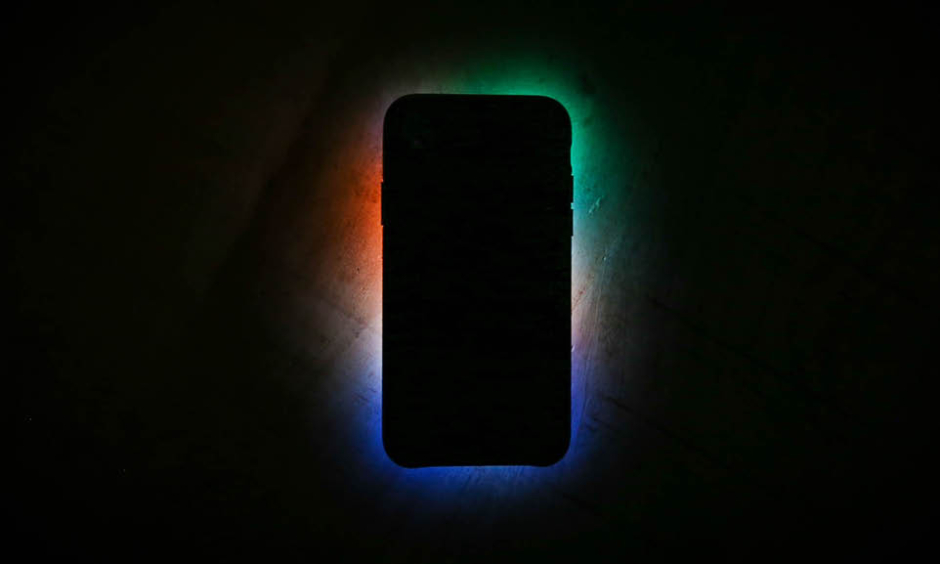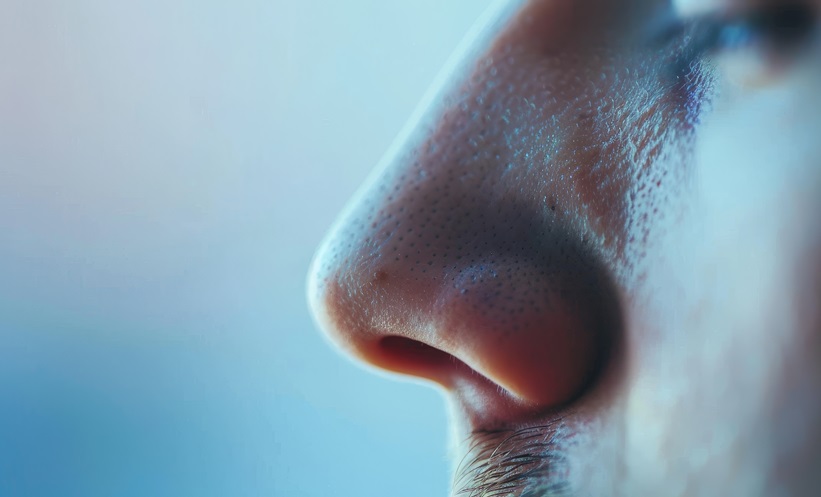Written by Layla Southcombe | Editorial Assistant, EMJ
![]()
Introduction
Many industries are capitalising on the increased use of smartphones, and the healthcare industry is no exception. With a predicted growth of 15% over the next year to reach a staggering worth of $31 billion, mobile health (mHealth) apps are one of the fastest growing categories in the app market.1 The use of mHealth apps have the potential to improve many aspects of a troubled healthcare system, impacting factors such as the number of visits to a healthcare centre, which will therefore improve patient health and free up more time for the clinician: a win-win situation. Many apps are now available in multiple languages, meaning that mHealth applications may be the key to facilitating the shift of disease control and responsibility from the clinician to the patient worldwide. Innovative apps influence numerous therapeutic areas, potentially improving patient care and health for a myriad of diseases.
Asthma and Chronic Obstructive Pulmonary Disease
Three-fifths of asthma patients in the UK do not receive a basic level of care, which can have a substantial impact on the patient in the form of emergency hospital admittance and the risk of death. The Digital Health Passport, a digital version of the personalised Asthma Action Plan, is just one example of how a smartphone app can make this basic level of care accessible to patients.2 Patients can acquire information relating to management of their asthma, how to perfect their inhaler technique, and can track their medication use. Users can even record their symptoms so that they can report these back to their healthcare professional. This could be a simple step to improve patient health, as proven by the fact that patients who use an asthma action plan are four times less likely to be admitted to hospital because of their asthma.2
Despite constant efforts to increase adherence to treatment, which is one of the driving factors in poor asthma control, no sufficient improvements have been seen.3 Apps that simply make inhaler use more fun for children by transforming it into a game have been developed, addressing this pressing issue in the younger population. A recent U.S. Food and Drug Administration (FDA)-approved technology is taking the use of apps one step further, by using a sensor that attaches to inhalers to better understand the patient and their disease. The technology, Proppeller, sends information regarding time and location of inhaler use to the app. Use of the technology can result in a reduction of up to 79% of asthma attacks and an increase of up to 50% more doses taken on schedule and 50% more symptom-free days.4
An important aspect of chronic obstructive pulmonary disease (COPD) care is breathing exercises, which strengthen the muscles required for breathing, resulting in the patient using less effort to breathe, while receiving more oxygen with each breath. Apps such as myCOPD can provide a vital platform that hosts educational videos from world experts and a complete online pulmonary rehabilitation class, reducing the need to travel to clinics and potentially risking infection and respiratory health decline, in addition to the general ease of being able to perform these exercises from the comfort of their home or work.5 In 2017, a randomised controlled trial showed that myCOPD was non-inferior to gold standard class-based programmes at improving 6-minute walk test and COPD assessment test (CAT) scores, confirming that the app can be beneficial to COPD patients.6
Food Allergies
One of the biggest challenges for someone with food allergies can be gaining the confidence to eat out and trust the ingredients listed by the restaurant. Apps such as Biteappy allow you to search for allergy-friendly and diet-specific restaurants in your area, and even around the world for those who are concerned about eating out abroad.7 When seated in the restaurant, patients can even enlist the help of a portable allergen-detecting device that can sense any allergen in your meal, this data is then sent to its partner app via Bluetooth and the results are displayed, identifying any hidden allergens.7
Eating at home can also be made easier with the use of apps that are able to scan barcodes and detail the full list of ingredients in packaged foods. If the patient is at the early stage of their diagnosis, then a diary and tracker to identify the triggers and potential allergens can be life changing. All of these examples provide people with food allergies with information to make a more informed decision on the food that they eat, ensuring that there will not be any adverse events if it is eaten.
Mental Health Disorders and Dementia
Taking into consideration the statistic that mental health disorders affect 1 in 5 adolescents, the fact that there are hundreds of apps dedicated to the improvement of mental health should not come as a shock.8 These apps tackle a number of disorders by using an assortment of techniques. Those wishing to ameliorate symptoms of depression, anxiety, or fear can take advantage of apps that provide cognitive behaviour therapy. Apps that are clinically approved can be ‘prescribed’ to patients, especially to those who are fearful of, or are not ready to attend, group therapy, or for those who cannot afford private therapy and therefore can act as a stepping stone in the path to recovery. One of the hardest steps for an individual to initiate treatment is seeking help from others, so the ability to download a simple app and access treatment and advice at one’s own discretion can help to eliminate this.
Dementia is a disease that, in addition to the patient, significantly affects the individual’s family and loved ones. The emotion that accompanies not being recognised by a loved one or them moving further away from who you once knew can be traumatic. Therefore, the ability to bring back moments of memory and joy benefits not only the patient but the family too. Carers or family members can use the smartphone apps that are dedicated to this mission to improve the individual’s quality of life. The apps work by stimulating memories by showing images and playing sounds that may evoke a memory for the patient. Families can now upload their own pictures to the app, a new additional feature to this already enlightening app.
Skin Cancer and Eczema
A staggering 2–3 million non-melanoma and 132,000 melanoma skin cancers occur annually worldwide;9 therefore, it is no surprise that mobile apps have been developed to reduce the morbidity and mortality associated with the diseases. By using artificial intelligence and clinically proven algorithms, some apps can analyse an image and provide a probable diagnosis and advice; however, this should be confirmed by a dermatologist, something that can be achieved by the app itself in some instances. Dermatologists can use the app and provide diagnoses and advice for potential skin cancers, in addition to a multitude of dermatological diseases. Apps can even feature the addition of an integrated GPS tracking system to provide real-time ultraviolet (UV) radiation levels using the UV Index, as well as locating the nearest dermatologist.10
Eczema is among a collection of chronic, dermatological diseases, and fluctuations in severity can be expected over time. The ability to identify triggers that may contribute to or initiate flares is crucial to any patient with a chronic illness. Apps can provide the platform to monitor pollen, mould, temperature, humidity, UV levels, medication use, and food intake in one central location, facilitating the user to be able to pinpoint triggers, of which they can then avoid to assist disease control.10 Numerous apps with this approach exist and are improving patient awareness of their own disease.
Contraception and Fertility
One of the most commonly used hormone-based methods of female contraception, the pill is taken by nearly 16% of women aged 15–44 years in the USA.11 This approach is >99% effective, but is accompanied by some potentially serious, long-term side effects such as migraine, heart attack, stroke, blood clots, and even various cancers.11,12 There now exists an abundance of smartphone apps that are replacing these traditional methods of contraception, providing women with an alternative and more control over their future health. Smartphone apps such as Natural Cycles use clinically proven algorithms compounded with data from the user and hundreds of thousands of women, including menstruation dates and fluctuations in body temperature, to reliably predict ovulation. According to clinical studies, this particular app is 93% effective in the average user, but it becomes more effective the more data that is inputted, and can be 99% effective if it is used perfectly.13 Natural Cycles is currently the only mobile app that is cleared for marketing as a certified contraception in Europe, and was also cleared by the FDA last year.
On the flip side to this, there also exists numerous apps that use a similar algorithm to pinpoint the times when a woman it at her most fertile point in her menstrual cycle to assist conception. For those who may not be able to afford the cost of fertility treatment, these apps can provide advice and a service of which would normally be out of reach. These easily accessible products must be used with caution however; numerous studies have indicated that the apps are not as accurate as they are marketed to be, with the results from a study presented at Fertility Society of Australia (FSA) Annual Conference 2019 even indicating that <50% are able to accurately predict ovulation (unpublished data). Despite this, the potential of such apps is undeniable and, with further tweaking and fine tuning, will more than likely be a welcome addition to reproductive technology.
Conclusion
It is undisputable that the surge of mHealth applications are empowering patients to gain control over their disease. It can be argued that standardisation of the market and European Medicines Agency (EMA) and FDA-approved apps would be beneficial to patients, as opposed to hundreds of unproved and potentially inaccurate alternatives. The overwhelming choice may leave patients choosing the app that is not best for them; this has led to organisations, such as the NHS, to compile a list of their recommended apps.14 Despite the popularity of mHealth applications being undeniable, how these are going to be integrated into the existing healthcare is far from clear and is going to be a long-term challenge and a potential hinderance to the expected huge growth of the market. The future is bright, and both patients and healthcare professionals appear to stand to benefit from their implementation into the healthcare structure.








